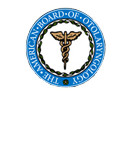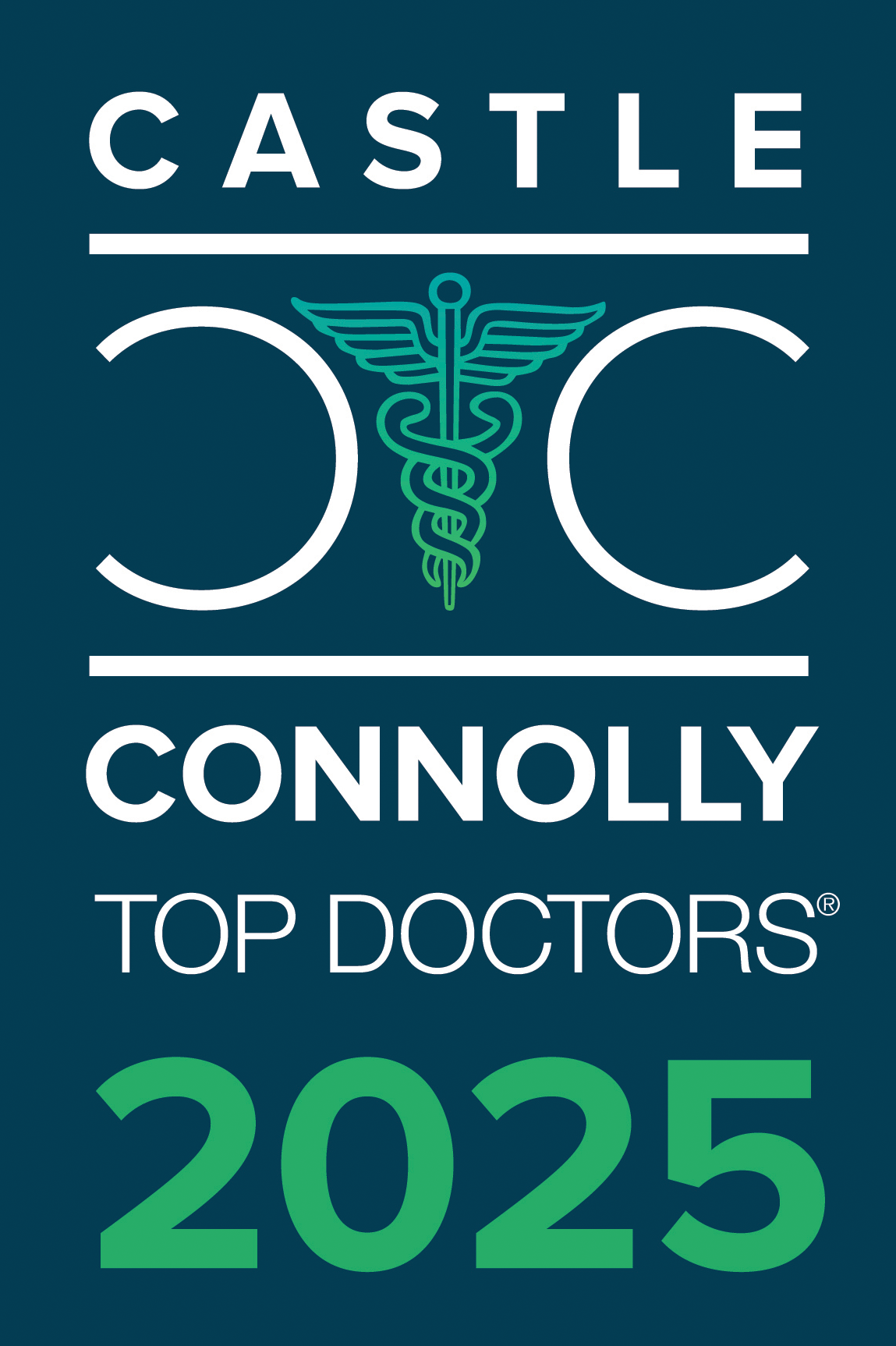Top Benefits of Turbinate Reduction Surgery
Turbinates are little bony and soft tissue structures within the nose that support the nasal passages and cleanse the air as it enters the airway. Occasionally, these structures become swollen or inflamed, causing air to flow more slowly through the nose and contributing to various common sinus problems. This issue can be resolved with turbinate reduction surgery.
What is Turbinate Reduction Surgery?
Turbinate reduction surgery is performed within the nostril to reduce the size of turbinates (turbinate hypertrophy) to improve breathing.
It is critical to diagnose chronic turbinate hypertrophy before considering turbinate reduction surgery. Less invasive treatments are likely to be effective for similar conditions. If eliminating environmental variables or treating conditions like allergies results in a considerable reduction of symptoms, then acute turbinate hypertrophy might not require any surgical intervention.
What Causes Turbinate Hypertrophy?
The phrase inferior turbinate hypertrophy describes an enlargement of the turbinates. Those who have swollen turbinates often experience a persistent stuffy nose, which sometimes is accompanied by a headache and facial pain or pressure.
Common causes of turbinate hypertrophy include nasal allergies, vasomotor rhinitis or a deviated septum. Chemical irritants may also activate the turbinates. Nonetheless, turbinate hypertrophy may not develop unless chemical exposure is sufficient to produce chronic swelling.
People with chronic turbinate hypertrophy have trouble breathing and constantly struggle with nasal congestion. Other symptoms of turbinate hypertrophy include a loss of taste or smell, fatigue, nasal drip, mouth breathing, snoring, obstructive sleep apnea and morning muscular aches.
The Benefits of Turbinate Reductions
If you have problems breathing through your nose, you should think about having your turbinates reduced. Turbinate reductions have many benefits, including:
- A reduction in sinus headaches
- Improved sleep
- Regaining one’s sense of smell
- Improved airflow
- Fewer common sinus conditions
- Fast recovery
- No externally visible scars (as surgery is performed inside the nostrils)
- Often, a decrease in postnasal drip
Turbinate Reduction Treatment
Treating your sinus problems is crucial, especially if they obstruct your breathing and airways. Dr. Greg Levitin may recommend turbinate reduction therapy and septoplasty or rhinoplasty to address any structural issues with the nose. Recovery times will vary depending on your particular needs.
Contact our sinus specialists in New York City if you have questions about turbinate reduction surgeries. We will provide you with more information and can schedule your appointment with Dr. Levitin today.













